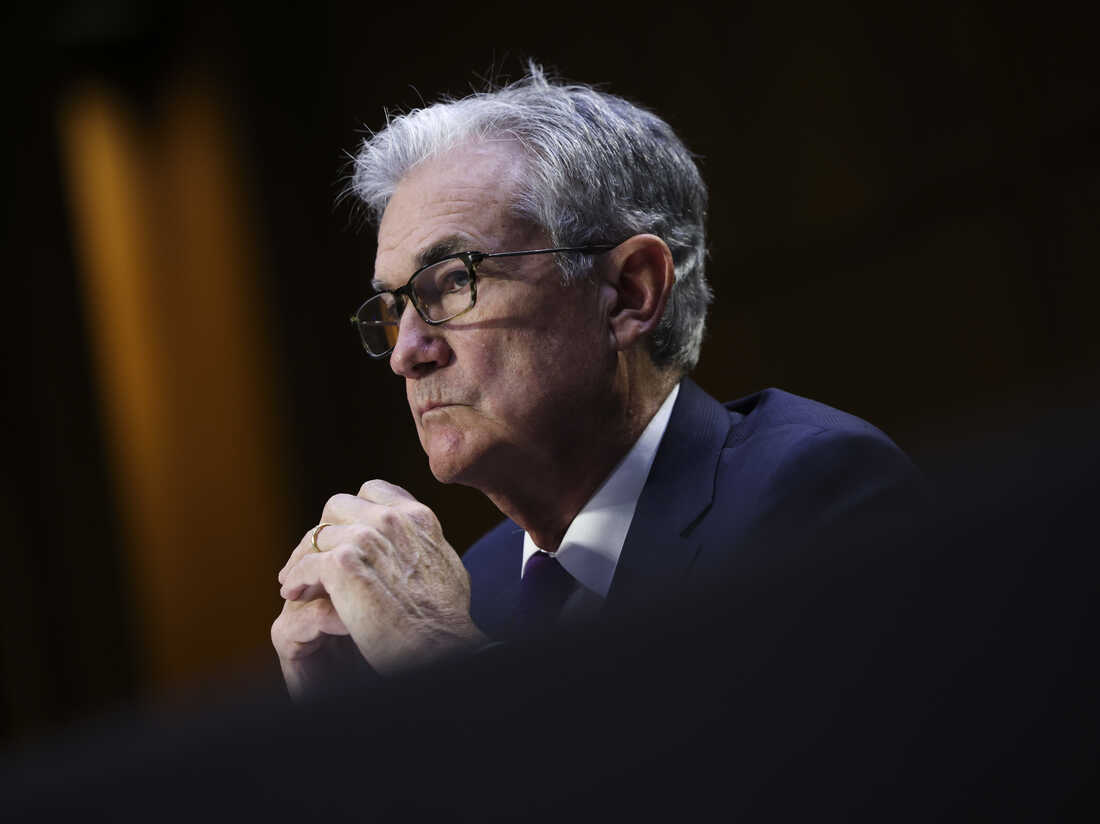Will the 2% inflation target be readily attained?
Most G10 central banks have 2% inflation targets and most forecast that inflation will be down to this level, or only slightly above, within the next few years.

FED is set to fix its inflation target at 2%
>> Better signs of inflation cooling
That might prove correct but, even if it is, does it suggest that the inflation dragon has been slayed?
It is common for economists to talk about “natural” or “neutral” things such as the natural rate of unemployment, or the natural or neutral policy rate. However, Mr. Steve Barrow, Head of Standard Bank G10 Strategy doesn’t really talk about inflation in the same way. He thinks that, if there is a “natural” inflation rate it is the 2% level that most G10 central banks pick as their target, and validated by the fact that inflation was not too far from this level for decades before the pandemic.
Even if this can be claimed to have been the “natural” rate in the past, when demand and supply were broadly aligned, it is suspected that the natural rate is higher now. Importantly, this is not just because of the distortions caused by the pandemic and, more recently, the conflict in Ukraine.
In Mr. Steve Barrow’s view, all the pieces were in place for higher inflation before these events occurred and all they have done is accelerate the trend towards a higher natural level for the inflation rate. This argument is based on may factors.
The first is labour shortage and here we don’t just mean the post-pandemic difficulties caused by the so-called “great retirement”, or the costs of long Covid. Instead, we mean the huge acceleration in the rise of the dependency ratio – the number of elderly per member of the working age population. While this is most acute in G10 countries going forward over coming decades, it is spreading into emerging markets as well, not least China.
A rise in the number of non-producers (elderly) to producers (working age population) suggests higher natural inflation unless offset by significant technological/productivity gains. Climate change seems likely to add to the natural inflation rate as vast areas of food production become unviable. In addition, the costs to governments of climate change will squeeze budgets and so restrict the scope for inflation-reducing investment elsewhere. We should also bear in mind that the same sort of squeeze could result from the fact that government debts have become very elevated.
Migration is another factor that could lift the natural inflation rate as inflows into more developed nations stretches the housing stock even further and lifts inflation through increased housing expenses, such as rents. The whole deglobalisation trend and the associated geopolitical tensions, particularly between China and the West, threaten more price pressure as supply chains are permanently shifted at what’s likely to be a higher cost.
>> Inflation stable, State-managed prices can be adjusted
We could go on but the bottom line is that the longer-term balance between supply and demand seems likely to settle at a position where inflation in G10 countries is higher than it was before. And if 2% was the best approximation of the natural or neutral inflation rate, then the natural or neutral rate going forward is likely to be higher than this. Of course, none of this denies that there will continue to be a cyclical fall in inflation first. It might even be the case that central banks are successful in getting inflation back to 2% or below in the next year, or two.
The Standard Bank’s point is that in doing so, policymakers may have to keep monetary policy so tight that it is simply not viable as a long-term strategy. Instead, they will need to either allow an overshooting of inflation whilst maintaining 2% targets, or lift these targets. But the second of these is never easy and central banks could resist.
Instead, what is likely to happen is that inflation will simply spend much more time above 2% than below, which is the opposite of the situation most faced before the pandemic. The worst thing policymakers can do in Mr. Steve Barrow’s view would be try to hold demand at almost permanently subdued levels to match weaker supply. Perhaps fortunately, he does not think that they will do that.








